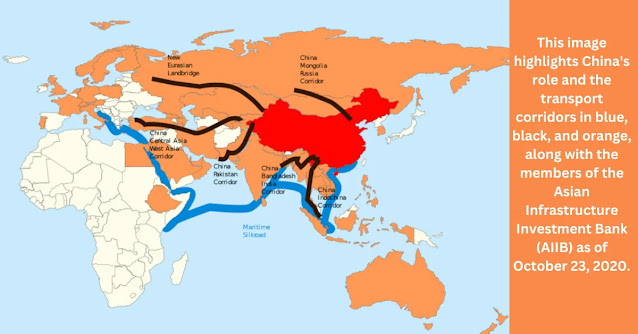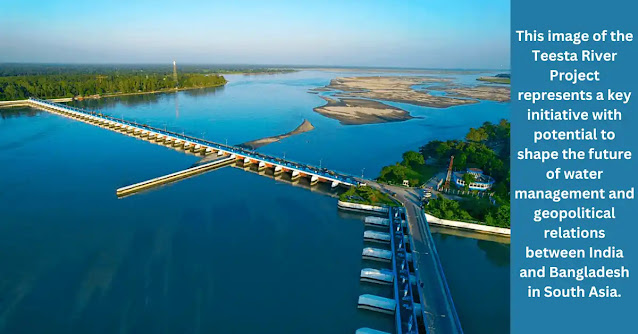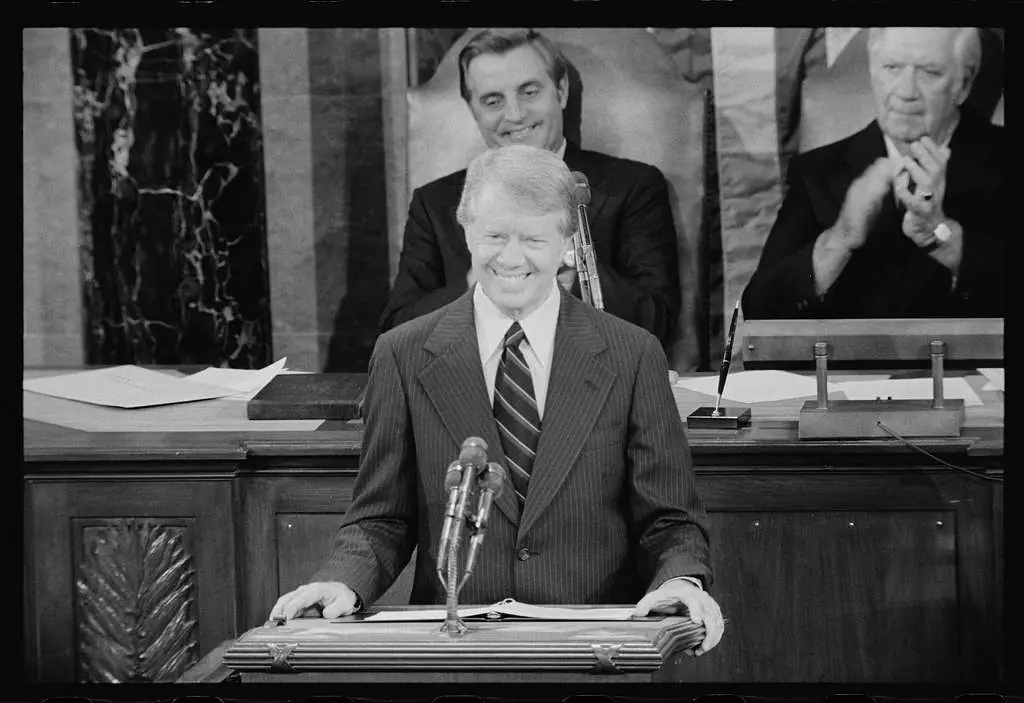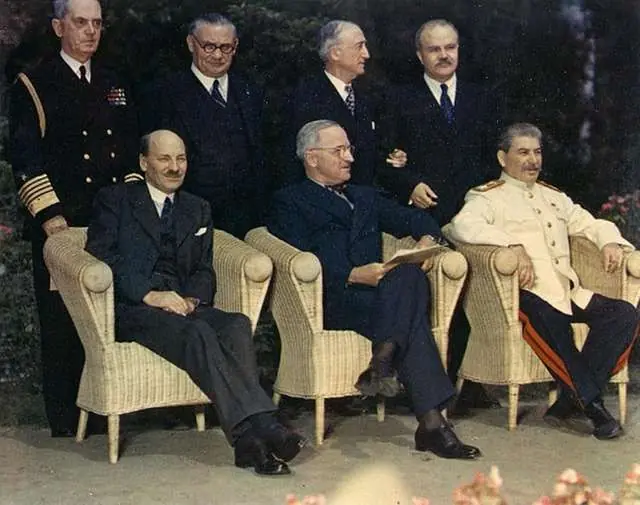Second Sino-Japanese War: Conflict of World War II in Asia
The Second Sino-Japanese War, which lasted from 1937 to 1945, was a brutal and deadly fight between China and Japan that became an important part of World War II in Asia. The conflict broke out on July 7, 1937, when a clash between Chinese and Japanese forces near the Marco Polo Bridge outside Beijing escalated into full-scale war, ultimately ending with Japan’s surrender on September 2, 1945.

However, tensions had been simmering since Japan’s invasion of Manchuria in 1931, as imperial Japan sought to expand its control over China’s territory and resources. The eight-year conflict represented the peak of Japan’s expansionist ambitions in China, tracing back to the First Sino-Japanese War (1894-1895). Its human cost was staggering: approximately 20 million Chinese casualties (both military and civilian) alongside 480,000 Japanese military deaths, leaving half of China’s territory devastated. The event shocked the world and spotted Japan’s reputation.
💻 Table of Contents:
- Mukden Incident: Prelude of the Second Sino-Japanese War
- Marco Polo Bridge Incident: Gateway to the Second Sino-Japanese War
- Nanjing Massacres in the Context of the Second Sino-Japanese War
- Beyond Borders: The Second Sino-Japanese War’s Geopolitical Significance
- Consequences of the Second Sino-Japanese War
Mukden Incident: Prelude of the Second Sino-Japanese War
Japan’s victory in the Russo-Japanese War (1904-1905) established it as a major global power, leading to increased ambitions in Manchuria. Japan’s victory marked its rise as a regional power, promoting the idea of ‘Asia for Asians‘—a slogan that belied its expansionist goals. The victory granted Japan control over South Manchuria and the South Manchurian Railway, setting the stage for future expansionist policies.
In 1931, Japanese forces staged an explosion near Mukden (now Shenyang), using it as an excuse to seize Manchuria—a region rich in natural resources. Japan quickly established control over the region and created the puppet state of Manchukuo, placing Puyi, the last emperor of the Qing dynasty, as its figurehead ruler. This blatant aggression violated China’s territorial integrity and existing international treaties, drawing widespread condemnation but little concrete intervention.
Although the League of Nations and the United States, through the Stimson Doctrine, rejected Japan’s territorial claims, their efforts did little to stop Japan’s continued expansion. The Lytton Report revealed that Japan had staged the pretext for its invasion of Manchuria, leading to Japan’s exit from the League of Nations in 1933. Despite diplomatic isolation, Japan intensified its control over Manchuria and escalated hostilities, including the 1932 bombing of Shanghai, signaling its disregard for Western appeals and treaties.
The Mukden Incident and subsequent occupation of Manchuria set the stage for broader conflict, as Japan’s unchecked ambitions eroded regional stability. Skirmishes and tensions between Chinese and Japanese forces persisted, culminating in the Marco Polo Bridge Incident of 1937, which ignited full-scale war. Thus, the invasion of Manchuria served as the critical prelude to the Second Sino-Japanese War, foreshadowing the devastating conflict that would engulf East Asia.
Marco Polo Bridge Incident: Gateway to the Second Sino-Japanese War
The Marco Polo Bridge Incident (July 7, 1937) marked the explosive start of the Second Sino-Japanese War, a conflict often overshadowed by World War II in the West but devastating for Asia. What began as a minor clash between Chinese and Japanese troops near Beijing quickly escalated into full-scale war, as Japan used the skirmish to justify a full invasion of China. The incident revealed Japan’s imperial ambitions and China’s unwavering determination to resist—a resolve that would persist steadfastly until 1945, making China the only attacked colonial or independent Asian nation to hold out against Japan until the war’s end.
💻 You May Also Read:
- Semi-militarized Cossacks & Russia’s Far Eastern Policy: A Look into Manchuria’s Complex Past
- Mongol conquest of China: And Tourist Blogger Marco Polo
- The Cold War: Collapse of Soviet’s Communist Empire & American Triumph
- The $20 Billion Saga: Sakhalin Island’s History of Conflict and Energy Wealth
- Korea’s Journey: From Isolation to Japan’s Control
The war’s consequences were far-reaching: Japan’s early victories gave way to a prolonged quagmire, while China’s resistance strengthened the Communists and weakened the Nationalists. By 1941, Japan’s desperation led to attacks on Western colonies, merging the conflict into World War II. When the war ended in 1945, Japan’s empire collapsed, costing it nearly all its territorial gains since 1868—including Korea and Taiwan. Though limited in scale, the Marco Polo Bridge Incident triggered a broader shift in the global order, leading to a divided but victorious China and accelerating the decline of Western colonialism in Asia.
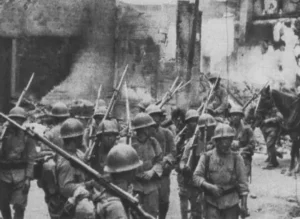
Nanjing Massacres in the Context of the Second Sino-Japanese War:
The occupation of Nanjing (December 1937-February 1938) saw Japanese imperial forces engage in widespread atrocities that would later be recognized among the worst war crimes of the Asian theater in World War II. Following their victory in Shanghai, Imperial Japanese troops marched toward Nanjing, China’s wartime capital, where they would commit six weeks of organized atrocities against the civilian population. Soldiers massacred hundreds of thousands of unarmed civilians and prisoners of war, while tens of thousands of women were subjected to sexual violence. The city was looted and burned, leaving survivors traumatized and Nanjing in ruins.
Despite efforts by a Western-led safety zone to protect civilians, Japanese troops disregarded neutrality, continuing killings and rapes even within the refuge area. The massacre only subsided by early 1938, after which Japan installed a puppet government. Post-war tribunals executed key perpetrators, but disputes over death tolls (estimated between 200,000–300,000) and historical denialism still strain Sino-Japanese relations today.
“The Rape of Nanjing stands as a defining symbol of Japanese wartime brutality – what some scholars term ‘the Asian Holocaust‘ for its scale and cruelty comparable to Nazi crimes in Europe.” Memorials, like Nanjing’s Massacre Memorial Hall, and UNESCO-recognized archives ensure the victims are remembered. Yet as historian Peter Li observes, global awareness of Japan’s wartime atrocities in China and across Asia remains significantly behind recognition of Nazi crimes—a persistent imbalance in historical understanding.
Beyond Borders: The Second Sino-Japanese War’s Geopolitical Significance
While primarily a clash between China and Japan, the 1937–1945 war intersected with wider global tensions that ultimately drew multiple world powers into the Pacific theater. Japan’s expansionist ambitions repeatedly clashed with Soviet interests, sparking border conflicts like the 1938 Battle of Lake Khasan and the decisive 1939 Khalkhin Gol incident, where Soviet forces under Zhukov crushed Japan’s Kwantung Army. This defeat forced Tokyo to sign the 1941 Soviet-Japanese Neutrality Pact, redirecting its aggression southward toward Southeast Asia and the Pacific.
Despite German pressure to attack the USSR during Operation Barbarossa, Japan honored the pact—until the Soviets unilaterally terminated it in April 1945 and invaded Manchuria in August, hastening Japan’s surrender. These confrontations underscored how regional Sino-Japanese hostilities were inextricably linked to broader Axis-Allied dynamics.
External powers entered the war at different stages. The Soviet Union provided early aid to China (1937–1941), including weapons and pilots, to keep Japan distracted from Siberia. The U.S. and Britain imposed economic sanctions after Japan’s 1940 occupation of French Indochina, cutting oil supplies. Japan’s surprise attack on Pearl Harbor (December 7, 1941) targeted the US Pacific Fleet at anchor, shocking America and triggering its direct entry into World War II.
The war’s global escalation reflected strategic interests. For China, foreign involvement (especially U.S. Lend-Lease aid after 1941) was crucial for survival. For Japan, resource shortages drove invasions of Southeast Asia, provoking Allied intervention. By 1945, Soviet entry against Japan (per Yalta Agreement) and atomic bombings forced Japan’s surrender, ending both this war and World War II in Asia.
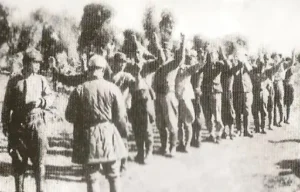
Consequences of the Second Sino-Japanese War:
Though China emerged victorious and gained international recognition as one of the major Allied powers, the Second Sino-Japanese War significantly weakened the ruling Nationalist government. This instability played a role in reigniting the Chinese Civil War, which ended with the Communist Party taking control and founding the People’s Republic of China in 1949.Meanwhile, Japan faced defeat, occupation by Allied forces, and the dismantling of its imperial system, setting the stage for post-war reforms and democratization under U.S. guidance.
During key Allied meetings such as the Cairo (1943) and Potsdam (1945) conferences, the U.S., Britain, the Soviet Union, and China coordinated plans for Japan’s post-surrender future. Their agreements included demilitarization, economic stabilization, and decolonization—particularly regarding Korea’s independence and Taiwan’s return to Chinese rule—while taking concrete steps to prevent the remilitarization of Japan.
The war significantly changed Asia’s political landscape. After Japan’s 1945 defeat, independence movements grew stronger across former Asian colonies, with local groups opposing the revival of European colonial rule. The war also acted as a precursor to the Cold War, with the U.S. backing Nationalist China while the Soviet Union supported the Chinese Communists. Furthermore, the conflict played a central role in redefining post-war international institutions and norms, leading to the formation of the United Nations and a renewed emphasis on collective security.
Conclusion:
The Second Sino-Japanese War included many overlooked battles, like China’s first major victory at Taierzhuang and the drawn-out campaigns at Changsha. After the war, many Japanese war criminals avoided punishment – some because the U.S. government needed their cooperation against the Soviet Union during the Cold War, others to protect economic ties with Japan. China’s later decision to waive reparations continues to be controversial even now.
The conflict left lasting wounds. While China never became a full colony, the war devastated millions of civilians. Today, China and Japan still view this history through different lenses, leading to ongoing disputes over textbooks and memorial sites. These tensions show how the war’s impact continues to shape relations between the two nations. The war’s legacy remains contested, from reparations debates to divergent national memories. Unlike colonized Asia, China’s resistance preserved its sovereignty but at a staggering human cost, with repercussions still felt in regional politics and identity today.

